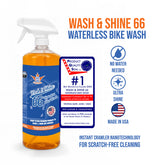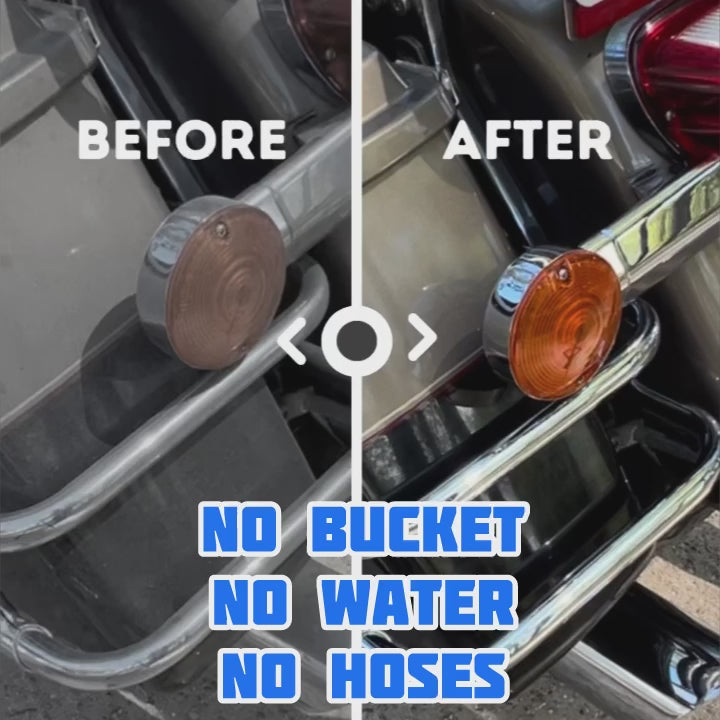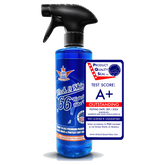Understanding How Does Concrete Sealing Work
Concrete might look tough, but every driveway and patio faces a hidden threat you probably never notice. Unsealed concrete can absorb up to 10 percent of its weight in water, leading to cracks and pricey repairs over time. Most people think skipping sealing just affects how it looks. Actually, sealing concrete protects your home’s foundation and keeps your outdoor spaces strong for years to come.
Table of Contents
- What Is Concrete Sealing And Its Purpose?
- Why Sealing Concrete Is Important For Your Home
- How Concrete Sealing Works: The Science Behind It
- Key Concepts And Types Of Concrete Sealers
- Real-World Benefits Of Sealed Concrete Surfaces
Quick Summary
| Takeaway | Explanation |
|---|---|
| Concrete sealing protects surfaces from damage. | Sealing forms a barrier against moisture and harmful substances. |
| Unsealed concrete leads to costly repairs. | Absorbing water and chemicals causes cracks and deterioration, increasing maintenance costs. |
| Regular sealing extends concrete lifespan. | By sealing, you enhance durability and performance, maintaining aesthetic appeal over time. |
| Choose the right sealer for your needs. | Different sealers provide varied protection; select based on environmental challenges and surface requirements. |
| Enhanced appearance with sealing. | Sealed surfaces resist stains and maintain original color and texture longer than untreated concrete. |
What is Concrete Sealing and Its Purpose?
Concrete sealing is a protective process designed to enhance the durability and performance of concrete surfaces by creating a barrier against environmental damage and wear. According to the Federal Highway Administration, this technique involves applying specialized chemical treatments that prevent moisture and harmful substances from penetrating concrete structures.
The Core Purpose of Concrete Sealing
The primary objective of concrete sealing is to preserve and extend the lifespan of concrete surfaces by addressing several critical challenges:
- Moisture Protection: Blocking water absorption that can cause cracking and deterioration
- Chemical Resistance: Preventing stains and chemical reactions that compromise concrete integrity
- Surface Preservation: Maintaining the aesthetic and structural quality of concrete installations
When concrete remains unsealed, it becomes vulnerable to multiple environmental threats. Water can infiltrate the porous surface, leading to potential freeze-thaw damage, internal structural weakening, and accelerated degradation. By creating a protective layer, sealing effectively shields concrete from these destructive processes.
How Concrete Sealing Provides Long Term Protection
Modern concrete sealing technologies work through advanced chemical mechanisms. The sealant penetrates the concrete’s microscopic pores and capillaries, forming a robust internal barrier. This process not only prevents external contaminants from entering but also reinforces the concrete’s inherent structural strength.
Homeowners and property managers can significantly extend their concrete surfaces’ lifespans by understanding the best concrete sealing techniques. Whether it’s a driveway, patio, or walkway, regular sealing becomes an essential maintenance strategy that protects your investment and maintains the surface’s pristine appearance for years to come.
Why Sealing Concrete is Important for Your Home
Concrete sealing is not merely an optional maintenance task but a critical strategy for protecting your home’s structural integrity and aesthetic value. According to the Building America Solution Center, proper sealing prevents moisture intrusion that can lead to significant structural damage and potential health risks.
Protecting Your Home’s Foundation and Surfaces
Homeowners face numerous challenges with unsealed concrete surfaces. These vulnerabilities can manifest in several critical areas:
- Structural Integrity: Preventing internal concrete degradation
- Moisture Control: Blocking water penetration and potential mold growth
- Aesthetic Preservation: Maintaining the visual appeal of concrete installations
Unssealed concrete acts like a sponge, absorbing water, chemicals, and contaminants that can cause long-term damage. This absorption leads to potential cracking, discoloration, and structural weakening that can be expensive to repair.
Long-Term Benefits of Concrete Sealing
The economic and functional advantages of concrete sealing extend far beyond immediate surface protection. Our detailed journey protecting concrete surfaces demonstrates how strategic sealing can transform maintenance approaches.
By creating an impermeable barrier, concrete sealants prevent water intrusion, chemical staining, and environmental degradation. This protective layer not only extends the lifespan of your concrete surfaces but also reduces long-term maintenance costs. Driveways, patios, walkways, and foundation areas benefit significantly from this proactive approach, ensuring your home remains structurally sound and visually appealing for years to come.
How Concrete Sealing Works: The Science Behind It
Concrete sealing is a sophisticated process that combines advanced chemical engineering with material science principles to create a protective barrier for concrete surfaces. This intricate mechanism involves specialized compounds that interact with concrete’s microscopic structure to provide comprehensive protection.
Penetrating Sealant Mechanisms
The science of concrete sealing revolves around two primary technological approaches:
- Penetrating Sealants: Chemically reactive compounds that enter concrete’s porous structure
- Topical Sealants: Surface-level protective layers that create a physical barrier
Penetrating sealants work by chemically reacting with concrete’s calcium compounds, forming a permanent internal barrier. These advanced formulations typically contain silane or siloxane molecules that are small enough to penetrate deep into concrete’s capillary network. By binding with concrete’s internal structure, these sealants create a hydrophobic environment that repels water and prevents contaminant absorption.
Chemical Interactions and Protection Strategies
Modern concrete sealants utilize nanotechnology to achieve unprecedented levels of protection. These microscopic compounds create a molecular shield that blocks water, oil, and other potential contaminants from penetrating concrete surfaces. Learn more about professional sealing techniques to understand the intricate balance between chemical composition and protective performance.
The sealing process transforms concrete from a porous, vulnerable material into a resilient surface capable of withstanding environmental challenges. By interrupting the natural absorption process, sealants prevent moisture migration, reduce chemical reactions that cause degradation, and significantly extend the lifespan of concrete installations.
Key Concepts and Types of Concrete Sealers
According to the EPA’s CLU-IN resource, concrete sealers represent a diverse range of protective technologies designed to safeguard concrete surfaces from environmental degradation. Understanding these various types helps homeowners and professionals select the most appropriate solution for their specific needs.
Primary Categories of Concrete Sealers
Concrete sealers can be broadly classified into distinct categories based on their chemical composition and application method:
- Penetrating Sealers: Chemically reactive compounds that integrate with concrete’s internal structure
- Topical Sealers: Surface-level applications that create a protective film
- Reactive Sealers: Chemical compounds that interact with concrete to form a permanent protective barrier
Penetrating sealers, such as silane and siloxane-based products, offer deep protection by forming a molecular shield within concrete’s capillary network.
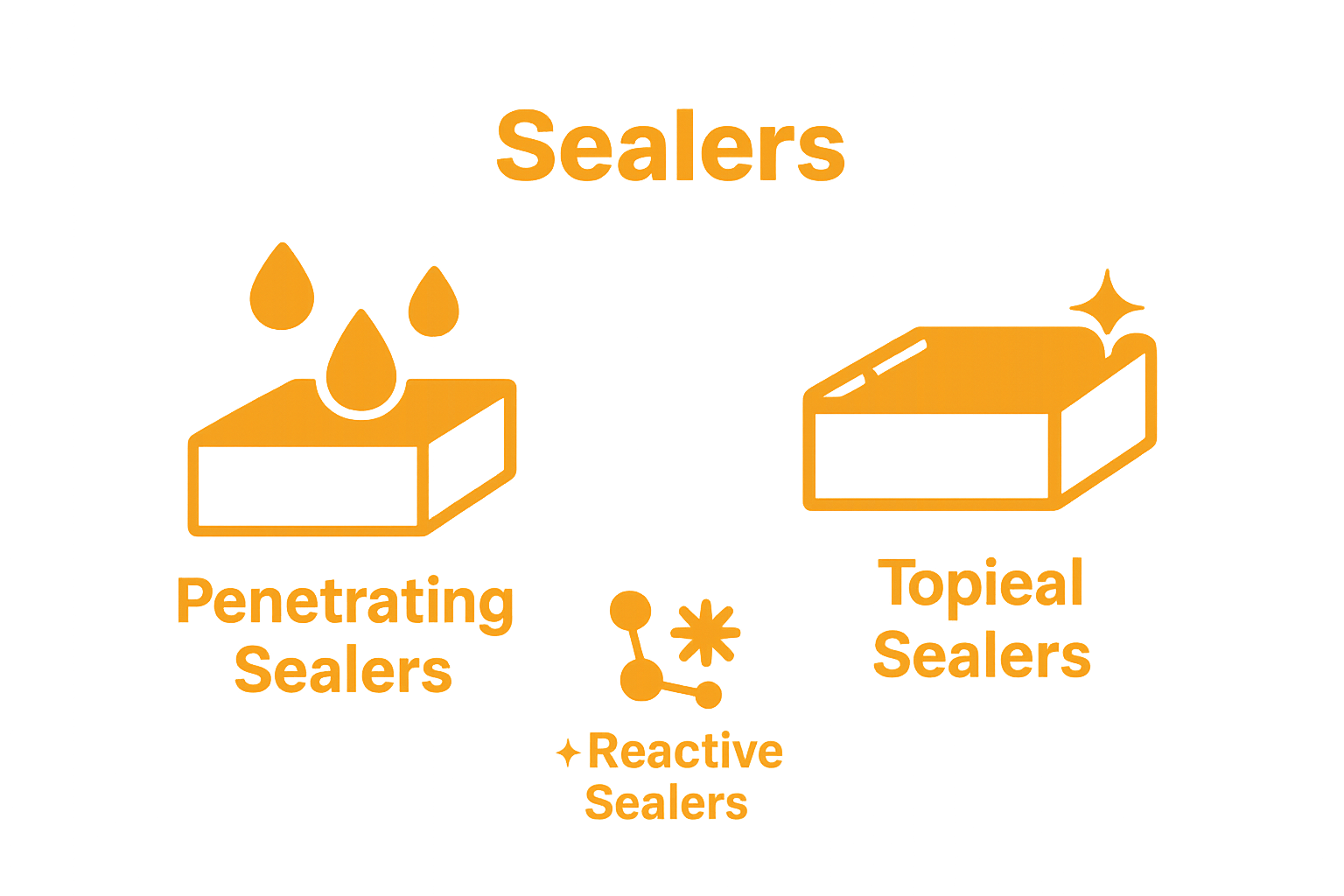 These advanced formulations create a hydrophobic environment that repels water and prevents potential damage from moisture intrusion.
These advanced formulations create a hydrophobic environment that repels water and prevents potential damage from moisture intrusion.
Advanced Sealer Technologies
Modern concrete sealer technologies have evolved to address increasingly complex environmental challenges. Explore the nuanced world of solvent-based sealers to understand the sophisticated chemical engineering behind these protective solutions.
Topical sealers like acrylics, epoxies, and polyurethanes provide surface-level protection, creating a visible barrier that enhances concrete’s aesthetic appearance while defending against stains, UV radiation, and chemical exposure. Each sealer type offers unique benefits, allowing property owners to choose solutions tailored to specific environmental conditions and performance requirements.
To help clarify your options, the table below compares the main categories of concrete sealers discussed in the article, highlighting their characteristics and protection mechanisms.
| Sealer Type | Application Method | Protection Mechanism | Typical Benefits |
|---|---|---|---|
| Penetrating Sealers | Absorbed into surface | React chemically with concrete; create internal barrier | Deep moisture resistance, structural reinforcement |
| Topical Sealers | Applied on surface | Form a physical protective film on top | Enhanced appearance, stain and UV protection |
| Reactive Sealers | Absorbed into surface | Chemically react to form permanent barrier | Long-lasting hydrophobic effect, moisture defense |
| Acrylic Sealers | Surface application | Create a thin, clear layer | Improved color retention, easy application |
| Epoxy/Polyurethane | Surface application | Form thick, hard layer | Heavy-duty protection, high durability |
Real-World Benefits of Sealed Concrete Surfaces
Concrete sealing transforms ordinary surfaces into resilient, long-lasting installations that protect homeowners from costly repairs and aesthetic deterioration. These advanced protective treatments offer substantial advantages that extend far beyond simple surface appearance.
Economic and Structural Protection
Sealed concrete surfaces provide significant financial and structural benefits that homeowners can readily appreciate:
- Reduced Maintenance Costs: Preventing damage before it occurs
- Extended Surface Lifespan: Protecting concrete from environmental degradation
- Enhanced Property Value: Maintaining pristine surface appearances
By creating an impenetrable barrier against moisture, chemicals, and environmental stressors, sealed concrete dramatically reduces the potential for structural compromise. This protective layer interrupts the natural deterioration process, preventing water absorption, crack formation, and potential foundational weakening that can lead to expensive repairs.
This table outlines the primary benefits of sealing concrete surfaces, helping you quickly understand both the economic and functional advantages mentioned in the article.
| Benefit | Description |
|---|---|
| Reduced Maintenance Costs | Protects surfaces from common damage, lowering repair expenses |
| Extended Surface Lifespan | Slows down weathering and wear for years of use |
| Enhanced Property Value | Maintains an attractive appearance for better curb appeal |
| Aesthetic Preservation | Prevents stains, color fading, and surface discoloration |
| Moisture and Chemical Defense | Repels water and harmful chemicals to minimize deterioration |
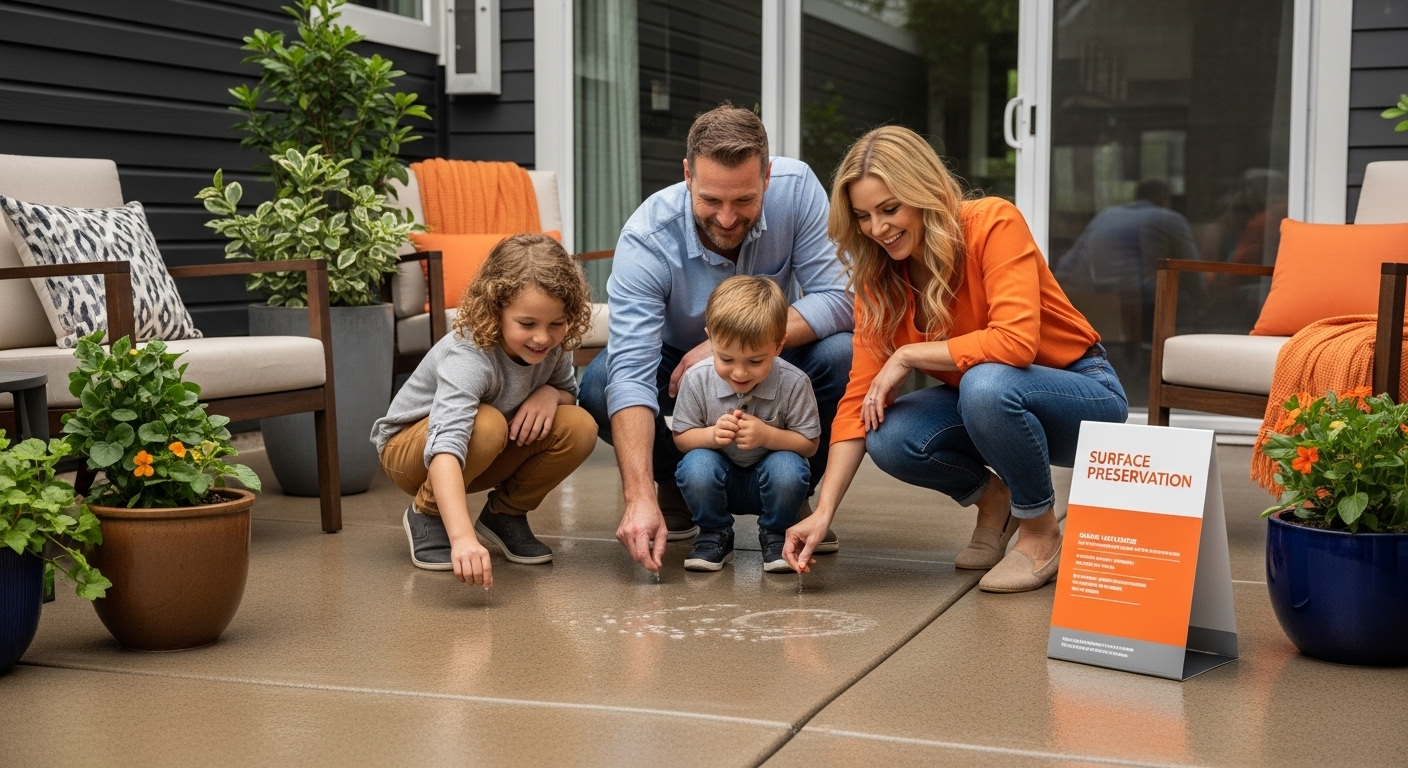
Aesthetic and Functional Advantages
Beyond structural protection, sealed concrete offers remarkable aesthetic improvements. Learn more about protecting your outdoor surfaces to appreciate the comprehensive benefits of professional sealing techniques.
Sealed surfaces resist staining, repel dirt and grime, and maintain their original color and texture significantly longer than untreated concrete. The hydrophobic properties created by advanced sealing technologies mean easier cleaning, reduced maintenance, and a consistently attractive appearance that enhances both residential and commercial spaces. Homeowners can expect improved resistance to oil spots, muddy tracks, and other common surface contaminants that typically degrade unprotected concrete installations.
Protect What Matters With World-Class Concrete Sealing Solutions
You have just learned why unsealed concrete is such a risk. Everything from relentless moisture to harsh chemicals can invade concrete surfaces, causing cracks, stains, and expensive repairs. This article explained how concrete sealing creates a vital barrier, stopping water, oil, and dirt before they ever cause harm. If preserving your driveway, patio, or walkway is important to you, choosing the right concrete sealer is not just helpful—it is essential.
Discover our Best Concrete Sealers for Outdoor Use engineered to tackle the very problems you now understand.
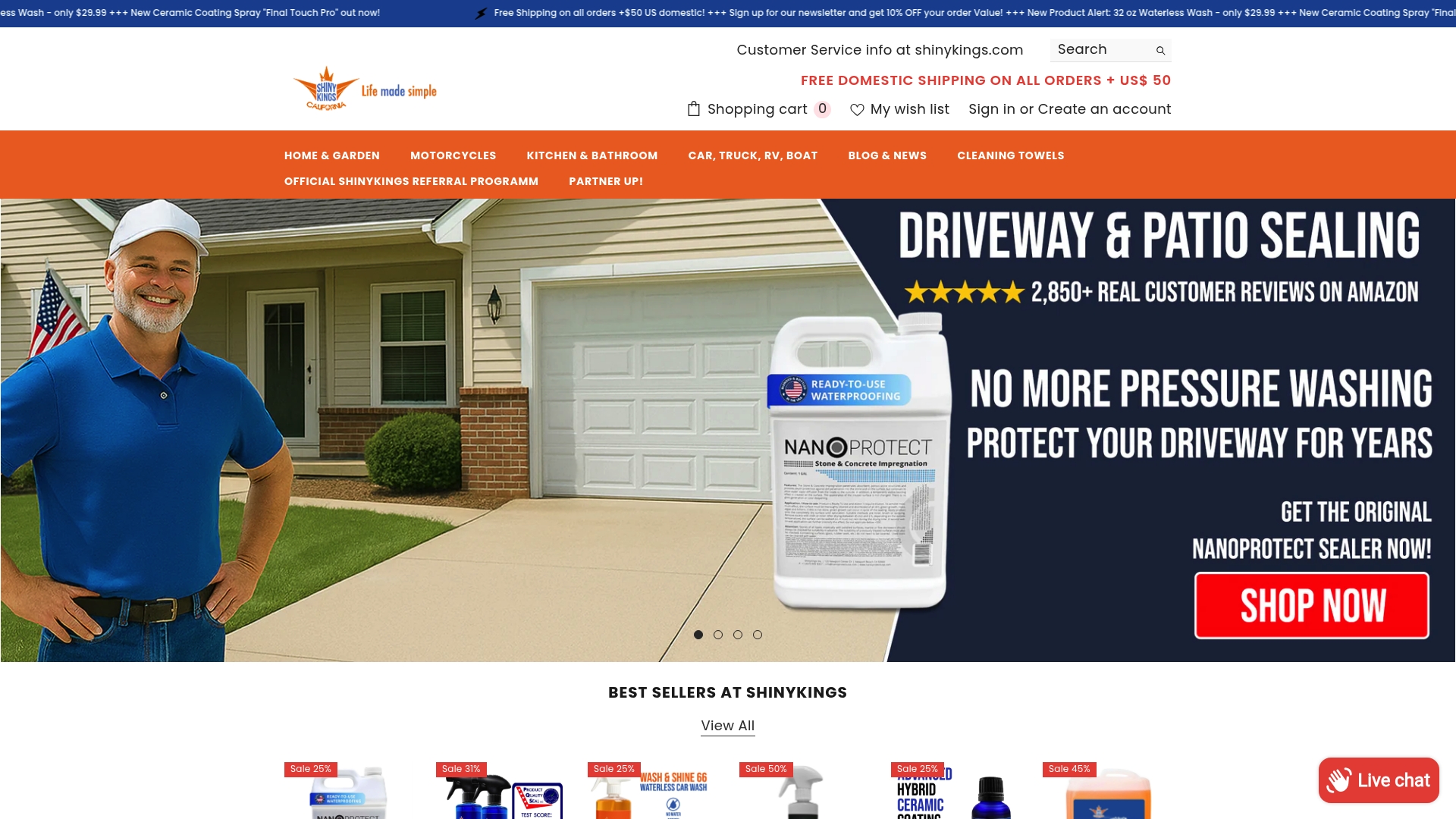
Take action today to stop damage before it starts. Give your outdoor surfaces unbeatable protection with our advanced formulas and unique sealing technologies. Visit Shiny Kings and choose the concrete sealer trusted by professionals and homeowners who want results that last. Explore solutions now and secure your investment for years to come.
Frequently Asked Questions
What is concrete sealing?
Concrete sealing is a protective process where specialized chemical treatments are applied to concrete surfaces to prevent moisture and harmful substances from penetrating, enhancing their durability and performance.
How does concrete sealing provide protection?
Concrete sealants penetrate the microscopic pores of concrete, forming an internal barrier that prevents water and contaminants from entering, thus extending the lifespan of the concrete surface.
What are the different types of concrete sealers?
Concrete sealers can be categorized into penetrating sealers, topical sealers, and reactive sealers, each offering different methods of protection and interaction with concrete’s structure.
Why is sealing concrete important for homeowners?
Sealing concrete is essential for protecting a home’s structural integrity by preventing moisture intrusion, preserving aesthetic appeal, and reducing long-term maintenance costs.


